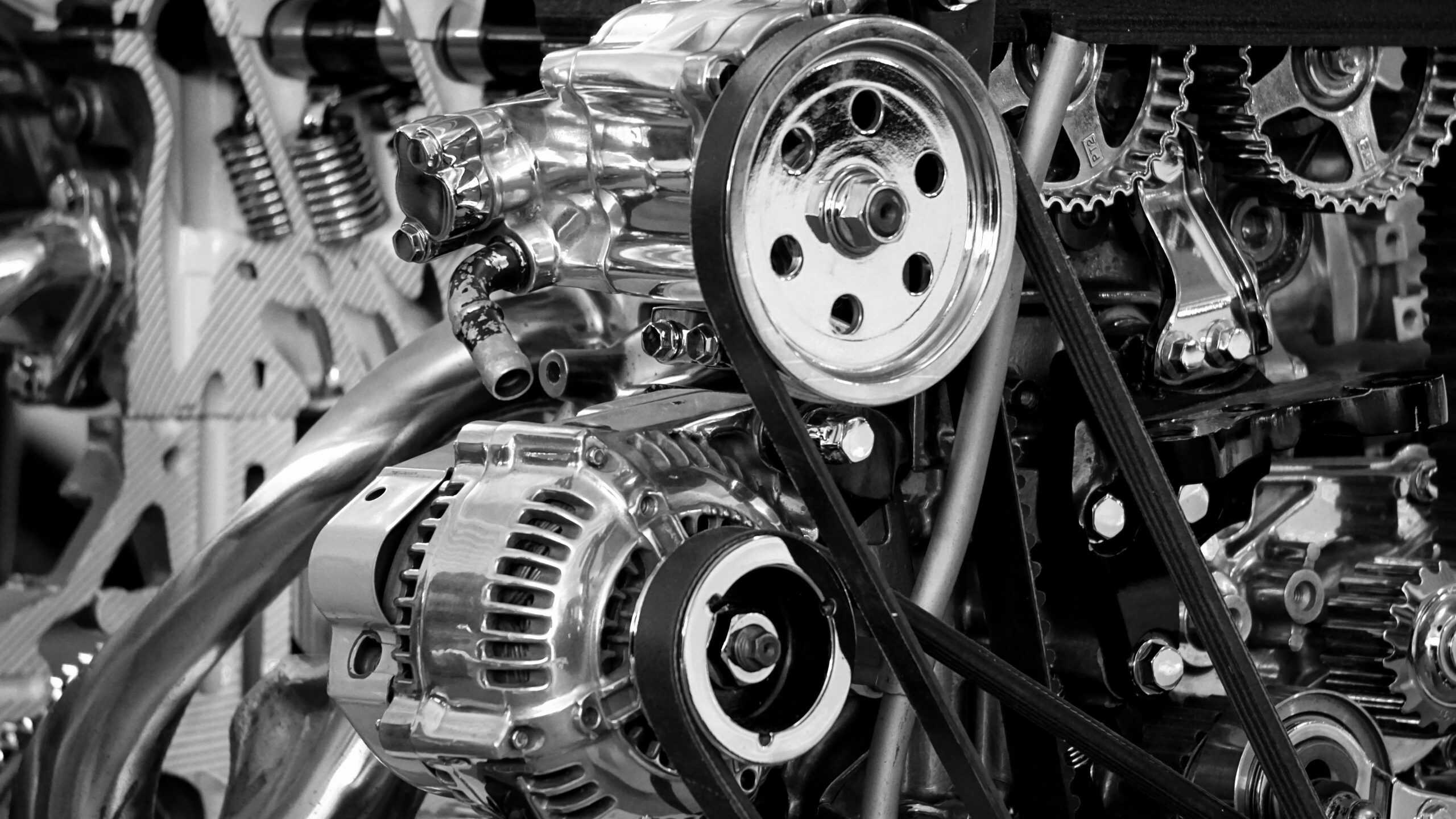Your car’s transmission is one of its most critical components, ensuring a smooth connection between the engine and the wheels.
When it’s working properly, you barely notice it. But when something goes wrong, like a slipping transmission, it can feel unsettling and even dangerous.
Understanding the signs of a slipping transmission is vital to addressing the issue before it leads to costly repairs or, worse, a breakdown.
In this blog post, we’ll explore what a slipping transmission feels like, the common causes, and what steps you can take to fix the problem.
What Does a Slipping Transmission Feel Like?
A slipping transmission often makes driving feel unpredictable and unreliable. Here are some common sensations and symptoms that might signal a slipping transmission:
Imagine pressing the gas pedal, but your car takes a moment to respond or doesn’t accelerate as expected. This delay is a classic sign that the transmission might be slipping.
A slipping transmission can cause your car to lose power unexpectedly, especially when climbing hills or carrying heavy loads. It feels as if the car isn’t “catching” properly.
Grinding, whining, or humming sounds coming from your transmission could indicate slipping gears. These noises are often more pronounced when shifting or accelerating.
If your car shifts gear unexpectedly or struggles to stay in the correct gear, this is another sign of a slipping transmission. It might feel like your car is jerking or hesitating between gears.
A slipping transmission can overheat, leading to a noticeable burning smell. This odor usually comes from overheated transmission fluid and is a warning sign of serious trouble.
Understanding what causes a transmission to slip can help you take the necessary steps to address the issue. Here are some of the most frequent culprits:
Transmission fluid is essential for lubricating and cooling the transmission. If the fluid is low or dirty, it can’t do its job, causing the gears to slip. Leaks are a common reason for low fluid levels.
In manual cars, a worn or damaged clutch can lead to slipping. You might notice the issue especially when shifting gears or during rapid acceleration.
Solenoids control the flow of transmission fluid. If one or more solenoids are damaged, your transmission may not receive enough fluid pressure to operate correctly, resulting in slipping.
Transmission bands link different gears together. If they become loose or worn, the gears won’t engage properly, causing slippage.
Over time, the gears inside the transmission can wear out or break. This can lead to improper engagement and slipping.
Driving with a slipping transmission is risky. Not only can it lead to more expensive repairs down the road, but it also puts your safety at risk. Slipping transmissions can cause sudden power loss or make your car behave unpredictably, increasing the chances of an accident.
Ignoring these signs could also lead to complete transmission failure, which often requires a full replacement; a much more costly and time-consuming fix than addressing the issue early.
If you think your transmission is slipping, it’s important to act quickly.
Here’s a step-by-step guide:
Look under your car for any signs of fluid leaks. Transmission fluid leaks are typically red or pink.
While minor maintenance like topping off fluid can be done at home, most transmission issues require a trained mechanic. A professional can diagnose the problem accurately and recommend the right solution.
If your transmission is slipping, try to minimize driving until it’s repaired. Continuing to drive could worsen the problem.
The best way to avoid a slipping transmission is to keep up with regular maintenance.
Here are some tips to ensure your transmission stays in good shape:
A slipping transmission can feel alarming, but understanding the symptoms and causes can help you take the right steps to fix the problem. Acting quickly can save you money, prevent further damage, and keep you safe on the road.
By staying on top of maintenance and addressing issues early, you can ensure your car’s transmission runs smoothly for years to come.
When in doubt, trust a professional to help you diagnose and repair your vehicle. Your safety and peace of mind are worth it!


